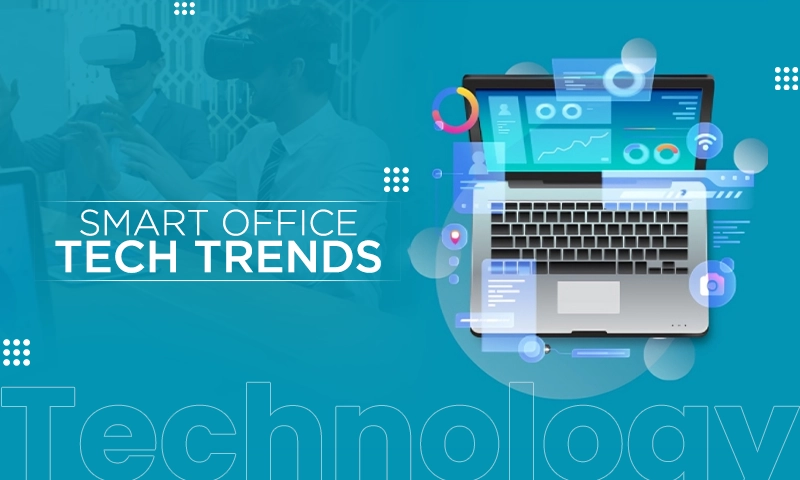3 API Testing Tools to Help You Stay Ahead in 2023
App development never stops; as APIs evolve, your applications must also. No matter how many and what type of app you’re developing, if it connects to an API, it needs to be tested before you can say that it’s ready for your clients and customers to use.
While all tests aren’t created equal, there are some basic best practices you should follow when testing your apps, no matter what API you’re using or how old the API is.
APIs have proven to be an invaluable tool for connecting applications and services together, with many companies relying on them to make sure their products stay relevant in today’s marketplace. However, if you want your APIs to work as smoothly as possible, you’ll need some tools at your disposal that are explicitly designed to test them.
What is API Testing?
An Application Programming Interface (API) is a set of rules and standards that allows two software programs to communicate. Developers use APIs for everything from social media integration to mobile applications.
When it comes to APIs, security is critical. If an attacker can access your system through an unsecured API, they could gain access to sensitive data or even take over your system entirely. That’s why it’s so essential for companies that use APIs to test them regularly—and that’s where API testing tools come in.
An application programming interface (API) is a set of software routines, protocols, and tools for building software applications. Many companies use APIs to create an easier way for developers and programmers to access resources that can be re-used later. This guide features three of the best API testing tools in 2023, allowing you to see your options before choosing one for your company’s needs.
TestGrid
TestGrid is a scriptless test automation platform that can be used for writing and executing test cases. Testgrid’s flexible architecture allows users to configure test-cases execution flow and script formats individually. This feature allows selecting best-in-class tools while keeping costs under control.
Testgrid can be easily customized and embedded into various complex environments and integrated with other third-party applications such as Selenium IDE. TestGrid is continuously updated with new functionalities so that users always benefit from new trends and developments within the software testing space.
TestGrid is a test automation platform that produces Appium and selenium based automation code without requiring scripts. It will save you from the work of crafting your custom test steps from scratch.
Features
- Automate your test cases using simple keywords, and then use our AI to heal and then access the Code automatically.
- Rich insights for User Interface, Device, and API performance using benchmarking. Get rid of the need for third-party tools.
- Auto creates a SAST report for each build’s execution. It supports DAST reports too.
- Scriptless automation also tests for voice-enabled devices like Alexa, Google Home, etc.
Sauce LABS
The most popular tool for CI and DevOps teams is an open-source test automation solution that combines tools such as Jenkins and Selenium. It allows developers to build their tests with Cucumber, a human-readable domain-specific language (DSL) for behavior-driven development (BDD).
The Sauce Labs API Testing and Monitoring is a microservices platform made entirely of APIs. You can combine all insights, reporting, debugging, and automation in a centralized platform. By working with modern DevTest efficiency and utilizing the cloud, organizations can increase their level of cloud maturity at a much faster rate.
Features
- Sauce Labs’ API Testing and Monitoring platform are entirely made of APIs.
- Only Sauce Labs has really accepted the challenge by rethinking API testing and monitoring for higher productivity and quicker debugging.
- Since over 4 billion tests have been conducted, Sauce has gained the trust of developers to simplify DevTest workflows.
Postman
Postman API Development Environment consists of three sections: Collections, Workspaces, and Built-in Tools. You can send requests, debug and test, mock, document, and monitor API with postman collections.
Postman Workspace will provide you with collaboration features. You will be able to share collections, set permissions, and manage the participation of multiple workspaces with any team size. Built-in tools will include the features necessary for the developers to work with an API.
Features
- It is compatible with Swagger in addition to RAML (RESTful API Modeling Language) formats.
- It facilitates knowledge sharing in the group.
- Simple to set up parameters on method calls.
- Ability to save commands.
- It also provides API development capabilities.
Conclusion
APIs will play a huge role in software development over the next few years. The power they hold, and even more so their potential, is well worth keeping an eye on. In today’s global APIs, businesses need to have open lines of communication across departments and partners; constant integration with third-party applications can be incredibly useful when a quick adjustment is needed or feedback must be given about performance. A strong relationship with your API partner (internal or external) can help pave new avenues for growth and success and ultimately lead to many possible benefits.
Share















